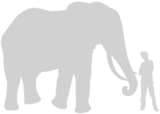
Elephants, the noblest of pachyderms, are the largest land mammal on earth today. We've all seen them in zoos and perhaps at the circus, but up close and personal, they are really big. The drawing shows the comparison between an elephant and a six foot man.
Their average life span in the wild is 70 years. Their height at the shoulder is from 8 to 13 feet, and they can weight from 2.5 to 7 tons. They are slightly larger than their Asian cousins and can be identified by the larger ears. Asian elephants have smaller, rounded ears.
Elephant ears radiate heat to help keep these large animals cool, but sometimes the African heat is too much. Elephants are fond of water and enjoy showering by sucking water into their trunks and spraying it all over themselves. Afterwards, they often spray their skin with a protective coating of dust. An elephant's trunk is actually a long nose used for smelling, breathing, trumpeting, drinking, and also for grabbing things—especially a potential meal. The trunk alone contains about 100,000 different muscles.
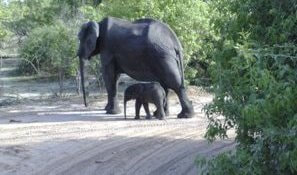
Elephants are social animals and travel in herds of 6 to 12 (but can expand to 20). The family consists of the matriarchal head, her daughters, and their calves. The females will assist each other with the birth and care of their young. As the young males mature, they leave the family. They become members of an all-male pod or create their own pod. Either way, Bulls live and travel separately from the females and immature children.
AN ELEPHANT RIDE
In 2008, I visited Zimbabwe, Botswana, South Africa, and Namibia. There, we not only observed and photographed elephants in the wild ... but we rode them.
The photo on the left is me with my critique partner Shirley and Donald (the keeper), riding Tatu. In such close quarters Donald smelled like elephant.
In the second photo below, this couple attempts to mount on the elephants back the hazardous way. When the elephant stood, the passengers tipped back and nearly fell off. The rest of us made the smart choice and climbed steps to a wooden platform more or less level with the elephant's back. Still, the animals are so big that it wasn't easy getting into the saddle.
The elephants we rode are part of a program which rescues injured and "homeless" elephants. Usually, these are babies who have lost their mothers or sick elephants left behind by the herd. After they are brought back to health, and when they are old enough, some of them provide tourists with a half-hour to forty five minute thrill. This helps finance the rescue program. In the photo below, this elephant's foot was damaged in a elephant snare set by poachers.
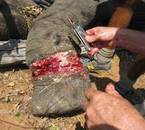
The African elephant is endangered due to poaching (for ivory) and loss of range through deforestation. In the early 1900s, there were about 10 million elephants in Africa. By 1970 there were 1.3 million; by 2007, 470,000 to 690,000. According to the 2016 census, there are only an estimated 352,000.
Botswana provides a last strongholds for savannah elephants. Botswana, Zimbabwe, and South Africa houses 60 percent of the elephants tallied in the Great Elephant Census.
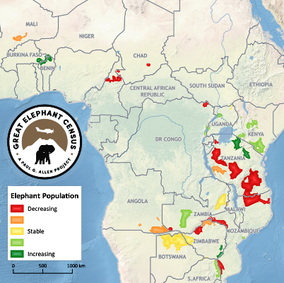
- Savannah elephant populations declined by 30 percent (equal to 144,000 elephants) between 2007 and 2014.
- The current rate of decline is approximately 8 percent per year, primarily due to poaching. The rate of decline has accelerated from 2007 to 2014.
- 352,271 elephants were counted in the 18 countries surveyed. This figure represents at least 93 percent of savanna elephants in these countries.
- Eighty-four percent of the population surveyed was sighted in legally protected areas while 16 percent were in unprotected areas. However, high numbers of elephant carcasses were discovered in many protected areas, indicating that elephants are struggling both inside and outside parks.
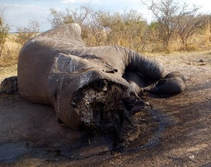
Elephant Orphanages exist in several locations in Africa, but the most significant is in Kenya. It exists within the Nairobi National Park under the auspices of the David Sheldrick Wildlife Trust, and is overseen by Dr. Daphne Sheldrick who has a life-time of experience with elephants. The Trust works in partnership with the Kenya Wildlife Service and offers hope for any orphaned elephant fortunate enough to be found alive.
As with most mammals, the baby elephant's world is its mother, then the extended family. Elephants are particularly vulnerable to psychological despair if they lose their natural families. Even bulls, who separate once mature, never forget their female family.
In the orphanages, the orphaned elephants need a replacement human family i.e. enough keepers to represent a “family”. The orphan needs physical and mental care to grow up psychologically stable. If they are psychologically unstable and neurotic, they will not be welcomed into the wild herds and risk rejection. (Photos below are from the Elephant Orphan Project)
It took Daphne Sheldrick nearly three decades of trial and error to perfect the milk formula and complex husbandry necessary to rear an orphaned infant African elephant. Today, with support from many caring people world-wide, the David Sheldrick Wildlife Trust is proud to have saved over 150 orphaned infant calves, which would otherwise have perished.
More importantly, every one of these orphans can look forward to a quality of life in wild terms, living free in Tsavo East National Park protected by their new extended orphaned family and friends among the wild herds.
Notes:
● Pachyderms are any of various nonruminant mammals (such as elephants, rhinoceroses, or hippopotamus) of a former group (Pachydermata) that have hooves or nails resembling hooves and usually thick skin.
● Elephant Walk is also the name of a 1954 Paramount action/ adventure/ romance film directed by William Dieterle and written by Liam O'Brien and John Lee Mahin.
Resources
http://vicfallswildlifetrust.org/VFWT%20Website/Wildlife%20Rescue.html
https://www.safarious.com/en/posts/4555-elephant-rescue-at-camp-hwange
http://www.rescue.org/program/programs-zimbabwe
http://www.amanzitravel.co.uk/rhino-and-elephant-sanctuary
http://www.afrizim.com/Activities/Victoria_Falls/Elephant_Rides.asp
http://www.sheldrickwildlifetrust.org/asp/fostering.asp
http://www.sheldrickwildlifetrust.org/html/raiseorphan.htm
http://www.nationalgeographic.com/animals/mammals/a/african-elephant/
http://www.elephantsforever.co.za/family-structure.html
http://www.cnn.com/2016/08/31/africa/great-elephant-census/index.html
http://www.greatelephantcensus.com/
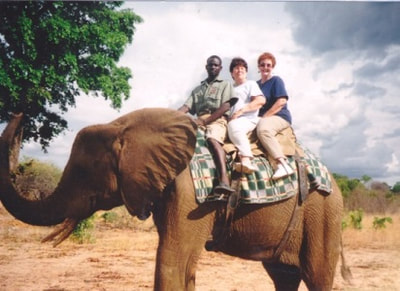
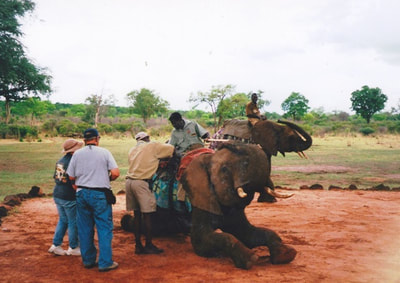
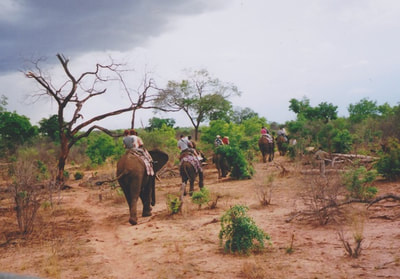
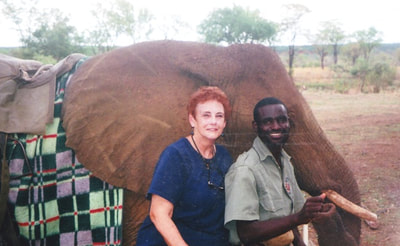
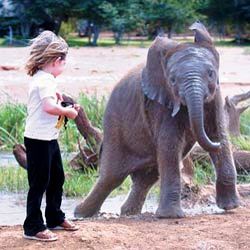
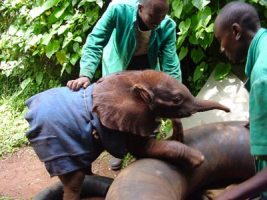
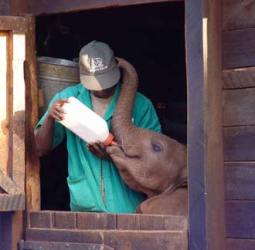
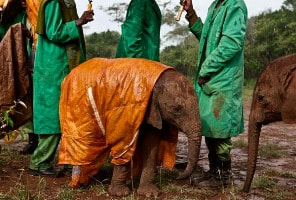
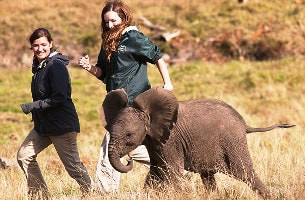
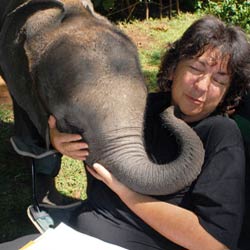
 RSS Feed
RSS Feed